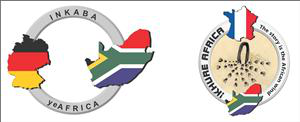Speaker
Prof.
Ludwig Combrinck
(Hartebeesthoek Radio Astronomy Observatory)
Description
According to Einstein's General Theory of Relativity (GRT), spacetime curvature in the vicinity of a large mass such as the Sun will cause light to bend. The measurement of light from stars close to the Sun during a total solar eclipse provides an opportunity to test this light bending, thus evaluating GRT. During 1919, Eddington performed such an experiment, obtaining results which supported the GRT concept, catapulting Einstein into fame. The last documented experiment of this nature was performed in 1973, by the University of Texas, also producing reasonably convincing results. All of these test were conducted using long focal length telescopes, equipped with photographic plates. Light bending due to spacetime curvature is an effect which must be compensated for in space geodetic measurements.
Here we propose another light bending experiment, but performed with a dual refractor telescope, equipped with a CMOS and CCD camera. A totally different observation strategy is proposed, where instead of capturing an image of the Sun and its immediate surrounds, selected star fields will be captured, and differential astrometry will be used to determine the apparent displacement of stars. Using this approach, we hope to capture a larger number of stars. Combining this with the higher sensitivity of the CCD and CMOS cameras, as well as by using modern astrometric software, we expect more accurate results to be obtained than before.
Primary author
Prof.
Ludwig Combrinck
(Hartebeesthoek Radio Astronomy Observatory)

